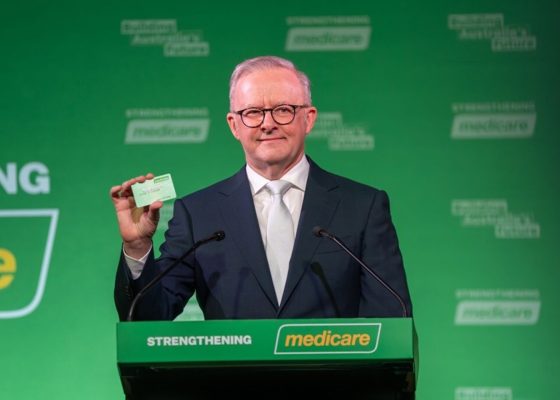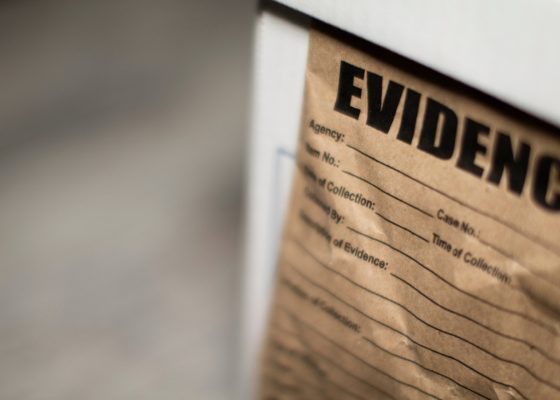Over the last 12 months, the average patient payment to GPs has increased by another 10%.
The average patient-contributed gap fee for a GP appointment is now at its highest point since at least 2009, even as bulk billing rates continue to slowly rise.
Medicare data for the June quarter of the 2024-2025 financial year was released this week, revealing that the GP non-referred attendance bulk billing rate averaged 77.9% for the 12 months to June 2025.
It’s a rise of 0.6 percentage points compared to the 2023-2024 financial year average, and a rise of 0.5 percentage points from the year-to-date GP non-referred attendance bulk billing rate at the end of the 2025 March quarter.
In real terms, there were 3.5 million more bulk billed GP services in the 2024-2025 financial year than there were in the 2023-2024 financial year.
Chronic disease and complex care items had the highest over all bulk billing rate; GPs bulk billed these items 99.2% of the time.
This data was captured before the 1 July overhaul of chronic disease management plans. The next set of bulk billing data will give the first insights into whether the new payment structure – which many GPs felt represented a funding cut – was successful.
But while it’s likely that more patients got more services at no extra cost over the 2024-2025 financial year, those that did pay a gap fee were paying more out of pocket.
For privately billed GP services in the last financial year the average patient contribution was $49.14, up from $44.89 the previous year.
Unlike the GP bulk billing rate, which has fluctuated between about 77% and 85% for the last 15 years, the average out-of-pocket cost has risen steadily over that time.
There are several potential scenarios in which the bulk billing rate grows while the average out-of-pocket cost also grows.
One of these is that there may have been some patients paying smaller out-of-pocket costs, thus dragging down the average out-of-pocket, that GPs are now bulk billing.
Related
Another potential scenario is that GPs are charging privately-billed patients higher amounts to offset the money lost from bulk billing more patients or services.
In mid-2010, before the Medicare rebate freeze, the average out-of-pocket cost for a GP appointment was $24.08 and the average GP bulk billing rate was 79.5%.
Adjusted for inflation, $24.08 in 2009 money is equal to about $35.76 in 2024 money.
On a geographic level, the GP bulk bulling rate increased across all states and territories in the 2024-2025 financial year.
New South Wales continues to lead the pack, with a GP bulk billing rate of 82.3%, while the ACT trails at just 52.9%.
Canberra also boasts the second highest out-of-pockets, with patients paying $56.76 on average.
Patients in Tasmania pay the highest gap fees, at $57.91 on average, but it was also the region with the biggest jump in GP bulk billing over the 2024-2025 financial year.
South Australia, meanwhile, had the lowest average gap fee at $44.92.
The new bulk billing PIP and bulk billing incentive only begin in November this year, halfway through the September fiscal quarter.
It is likely that the true effects of the incoming incentives will not be apparent until well into 2026.




